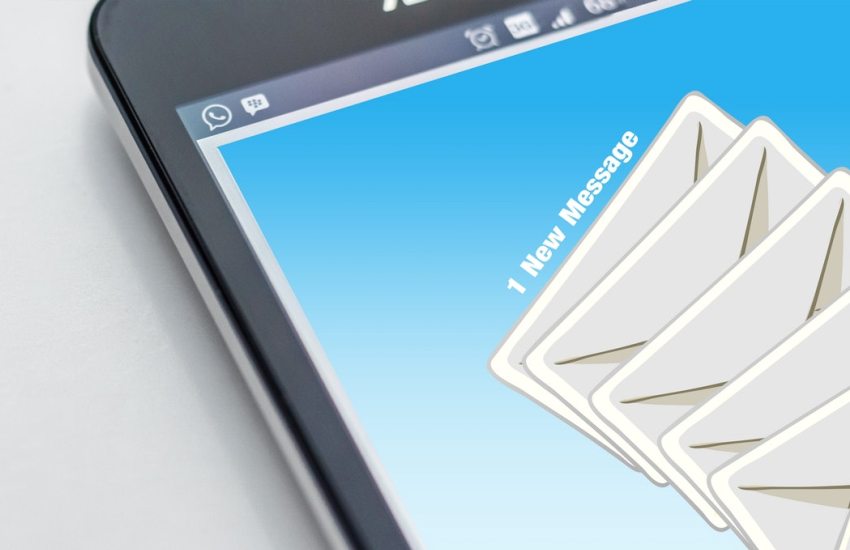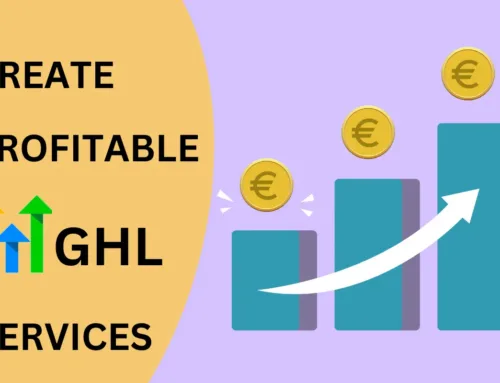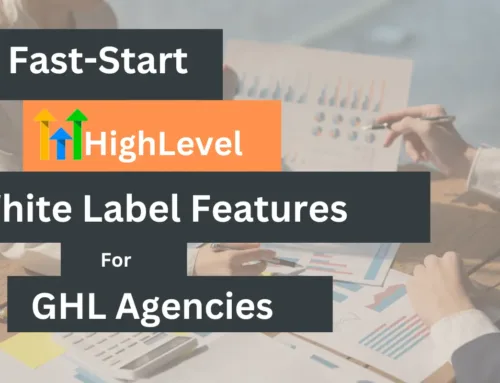You may have heard critics claim that email will not survive long. Despite the criticism, email has stood the test of time and is still evolving in harmony with internet users. In fact, email has become one of the most used online communications between business and clients. Emails come with a pack of goodies that cannot be washed away soon. One of these includes ease of writing, no matter on the computer or your phone, you can keep track of your emails easily and effectively. Now, let’s make an assumption that the recipient of the email opens the message, follows the link to a landing page or a website. For you to increase the chances of your emails being opened, you must take into consideration some basic elements like subject line, date, and time of sending.
Take a look at some of the top factors that are important in optimizing your mail campaigns:
Subject Line: Get the first impression right
Your mail recipient will decide to open your mail by what they see in the subject line. Therefore, the first 40 characters of the subject line determine the success or failure of your email. You can do the following to make your subject line eye-catching;
- Make sure that it is summarizing the message content
- Avoid using cryptic characters such as abbreviations or capital letters
- Avoid long subject lines
- Brief and to the point is the best
- Do not use symbols
Just like any other content meant for reading, email recipients skim over the message and only stop to read what is interesting for them. They also go through their mailboxes scanning everything and open only those messages that have good subject lines. This is the reason why your subject line should be as interesting as possible. This point determines everything since it is your first contact point with your recipient.
Segmentation, Personalization, Automation
The current trend in email marketing is driven by the large volume of data available. Your ability to evaluate user data can get you the results you are looking for in email campaigns. Here is what you need to do for the implementation of data-driven email marketing:
a) Segmentation: think about user needs on the internet
If you are planning to start blogging or setting up a website for a general audience, prefer what your user is looking for in your area of expertise. Do not fall into a trap of sending emails randomly to all your subscribers. You need to put your recipients to distinct target groups. This categorizing into various segments allows you to deliver specific content meant for a group of customers. Ensure that:
- Readers are able to identify the exact meaning of all the message content
- Use language, structure, and layout that is suitable for the respective target group.
The outcome of this is more click-through rates and customer satisfaction.
b) Personalization: avoid direct addressing
Avoid mentioning names of your clients in the subject lines as this may have adverse effects on the user experience and have negative effects on your company. Some clients are so sensitive about their names being used in the subject line. However, this depends on the company and the target group. For instance, those companies catering sensitive information will avoid using names of clients in the subject line while sports companies have no problems using them.
c) Automation: specific content for all target group
After segmenting target groups and personalizing the emails, you can now automate your campaigns. For instance, clients can be given content that is customized and meets their interests and expectations.
Creating Emails for Mobile Devices
Many people today use their phones to check their emails. Creating emails which are mobile phone friendly should, therefore, be given priority. The user experience will be a loss if the user cannot access their emails on their phones. This will certainly cut their engagement with you. Make sure, therefore, to optimize your emails for mobile phones. You can do this by:
- Using easy browsing structure
- Limit subject line characters between 40-50
- Font size should not exceed 13pixels
- Message length for android should be 320 pixels.
- Make sure links are clickable in mobile emails.
- Increase text line spacing to enhance its visibility
Design: Be consistent in all other channels
To deliver an integrated type of communication, it is paramount to be consistent in all branding across all channels so that over-excited users can recognize your company. Consistency is important because users can easily associate your Look & Feel with your brand or product context and create a link between them. You must also ensure to repeat some graphical elements like logo or typography.
Content and Structure: Be Relevant
Using images can really enhance the user experience. Even so, avoid the mistake of overly using images in emails. Stick to one or two images. If you want to use more images, then you have to reduce the amount of text to accommodate them. Do not forget to also include alt tags for the images because a number of email providers do not support graphics. You must also be very clear on the type of emails you are sending. Whether they are just meant to be informative or interactive. If you are doing interactive emails, make sure you clearly mark and place Call-to-Action (CTA) well. However, in the case of informative emails, placing links to tabs that link to your blog, white paper or product will engage your customers well.
Mailing frequency: Learn to Engage rather than spamming
Learning the intervals of mailing is a key to the success of this communication channel as this will enhance the overall user experience. When a specifically targeted group opens the emails, you can easily adjust mailing to these specific periods. The outcome of this is more people will open your emails and read them. However, do not send a lot of emails as this will only get into the spam folder.
Conclusion
Email marketing gives you a massive opportunity to improve the user experience. You can ask yourself the following questions before embarking on user experience design of emails:
- What is your intent in sending these emails? (informing clients, interactive or lead generation)
- Who is your targeted group?
- What are your expectations for the recipients?
- What are you using to measure your success rate?







